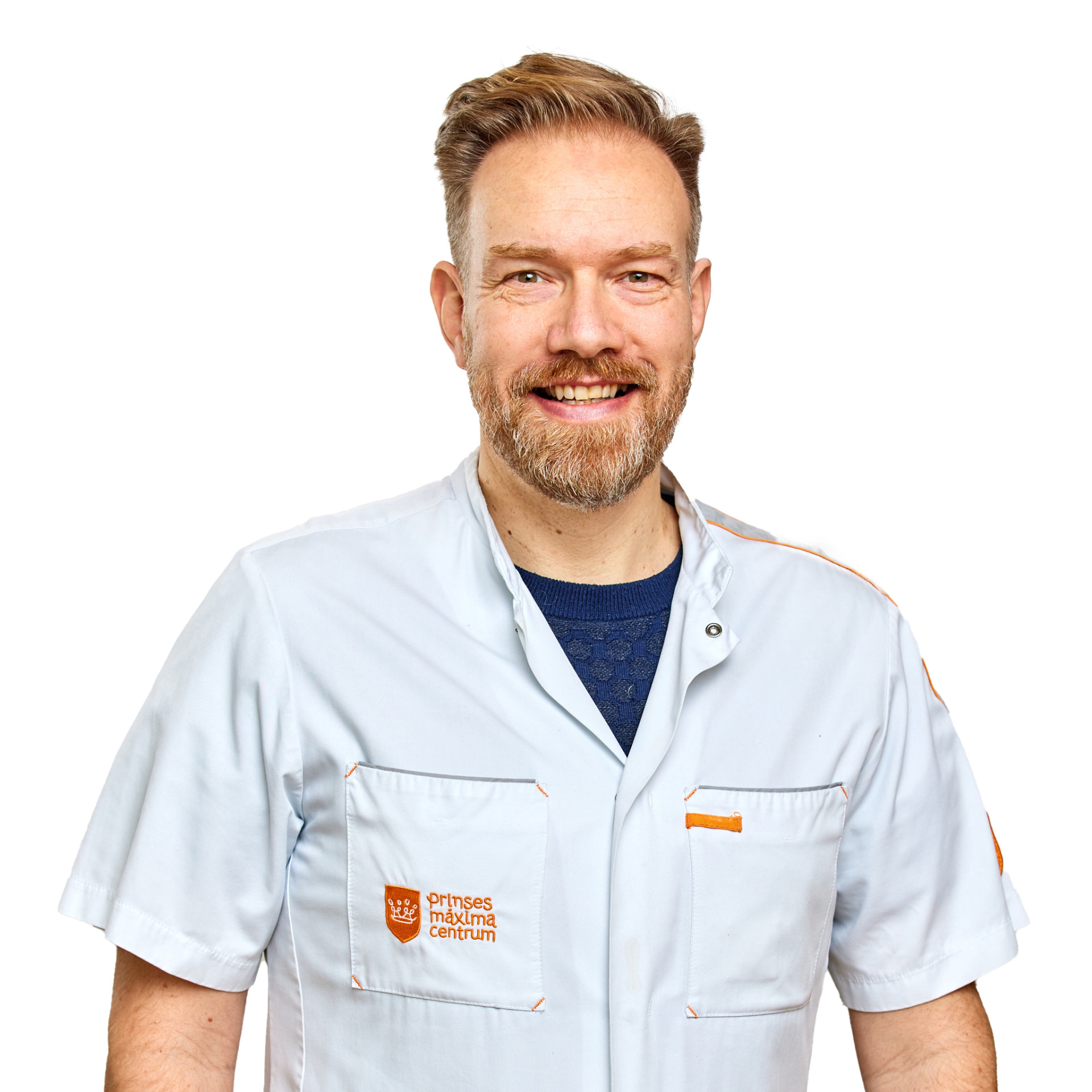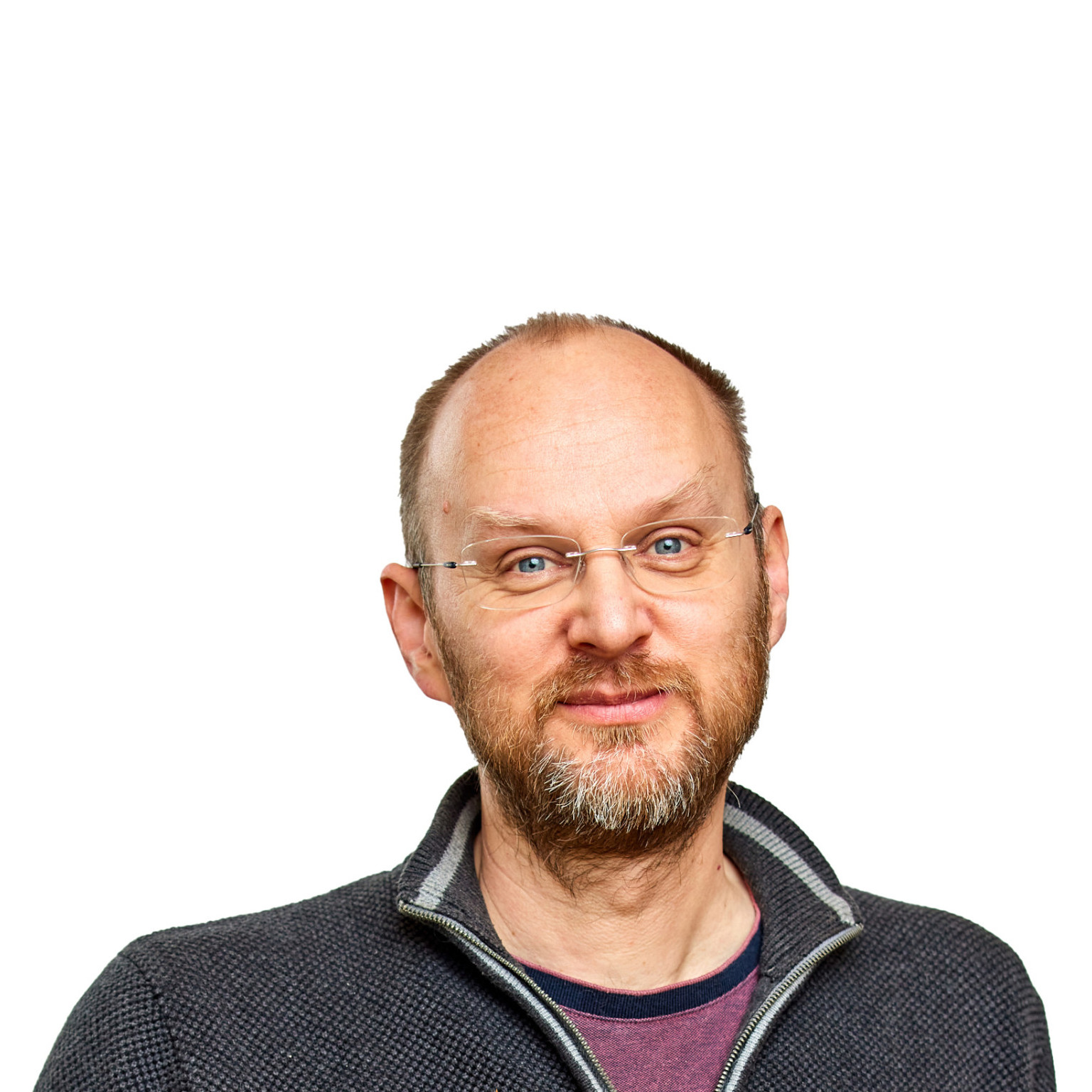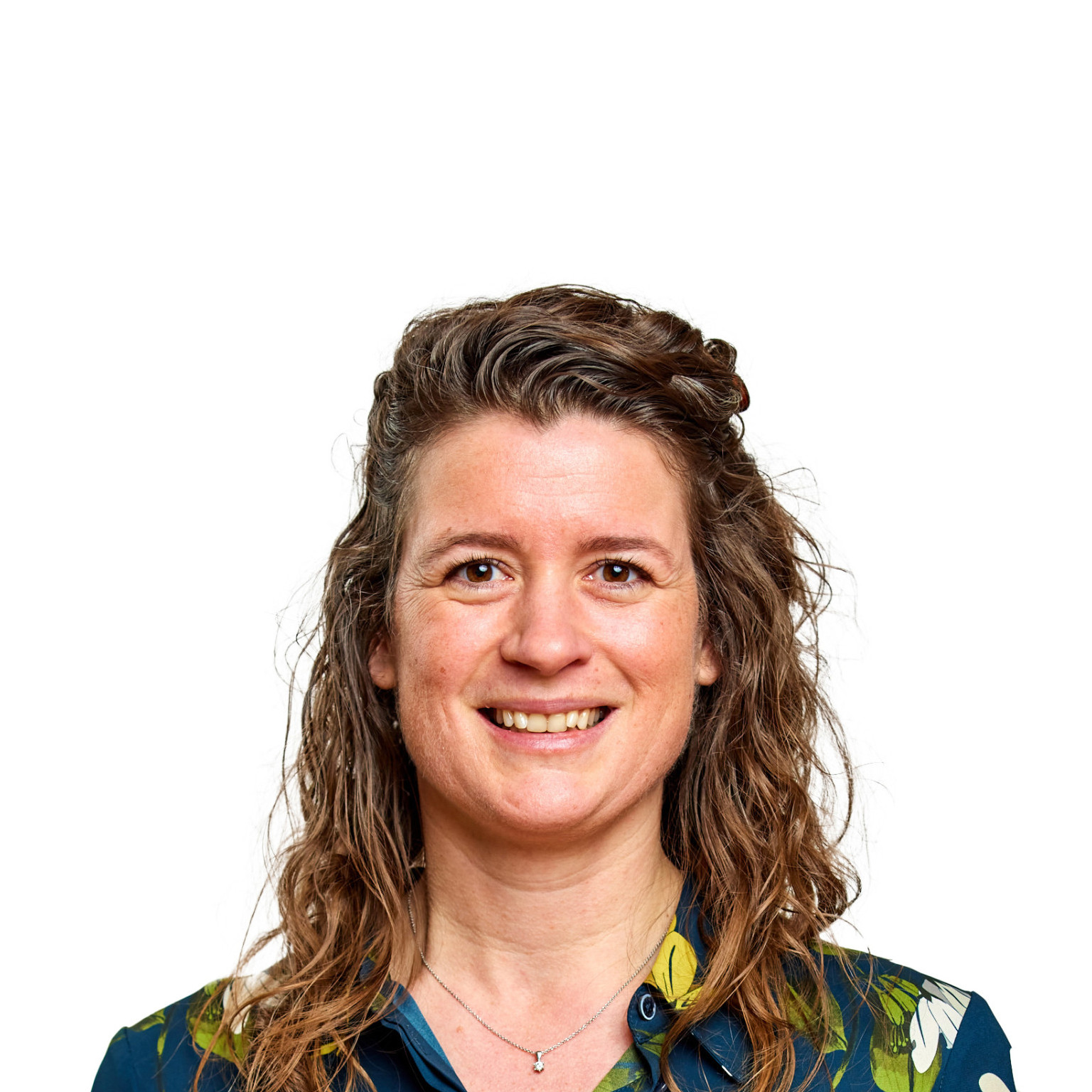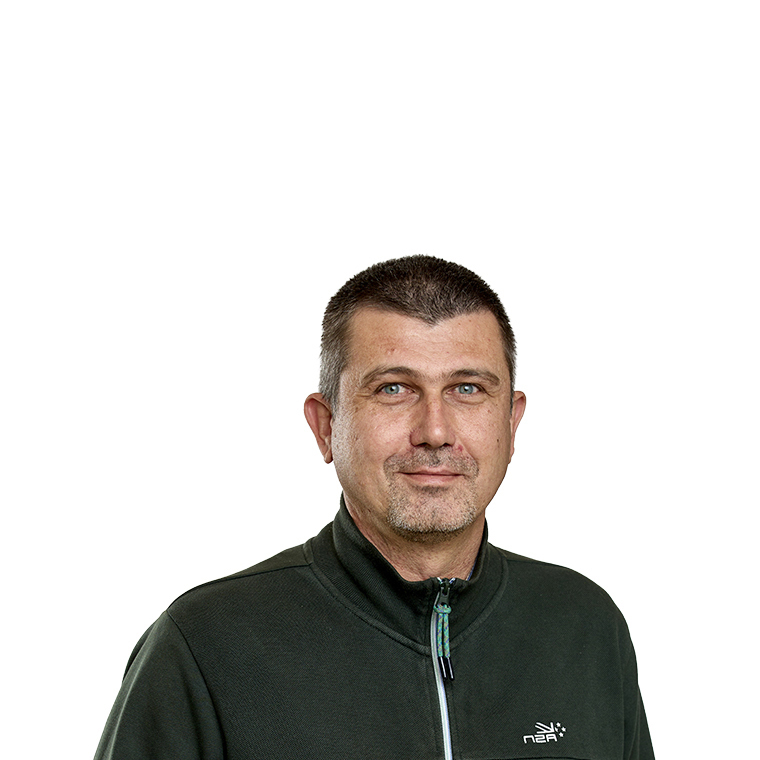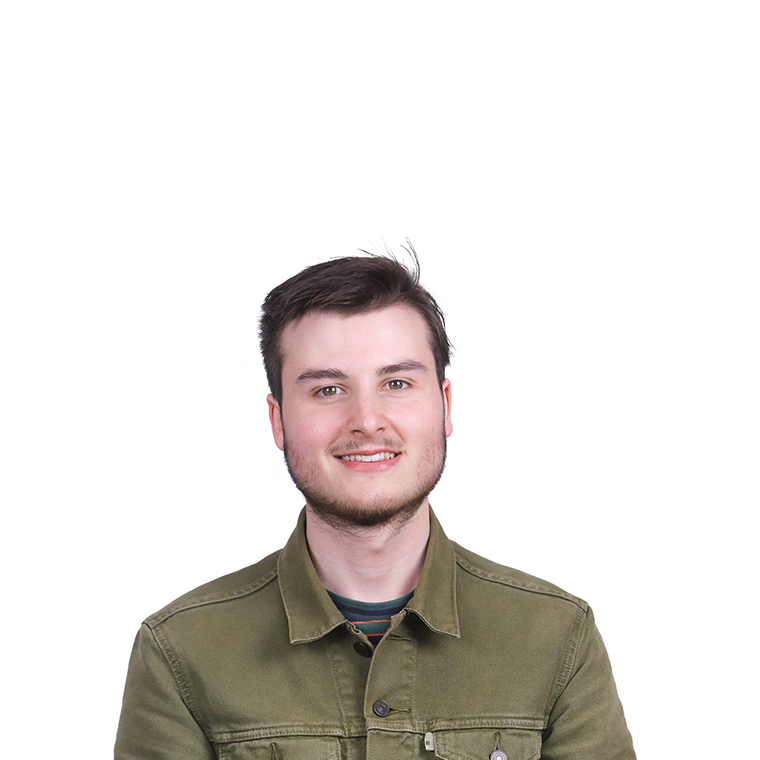Group leader: Dr. Dannis van Vuurden
for optimal drug delivery
to achieve higher survival
and better quality of life
for children with brain tumors" Dr. Dannis van Vuurden - Group leader
The blood-brain barrier - a therapeutic obstacle
The blood-brain barrier (BBB) protects the brain from the effects of harmful substances in the blood, such as waste products and substances that can disrupt the functioning of the brain. Unfortunately, this barrier also prevents >90% of anti-cancer drugs from entering the brain. Because the BBB is a major hurdle in the treatment of children (and adults) with malignant brain tumors, research in the group focuses on new possibilities to better cross or circumvent this barrier. Several research projects in the Van Vuurden Group are currently exploring these new avenues of drug delivery, such as focused ultrasound-mediated blood-brain barrier opening (FUS-BBBD) and convection-enhanced delivery (CED). Core team members include dr. John Bianco (postdoc), dr. Akke Bakker (postdoc) and dr. Yan Su (technician). The Van Vuurden group closely collaborates with dr. Mario Ries from the Image-guided Therapeutic Ultrasound group of UMC Utrecht.
Focused Ultrasound Mediated Blood Brain Barrier Opening
In the lab of the Van Vuurden group, in close collaboration with the Therapeutic Ultrasound group of UMCU (dr. Mario Ries), FUS-BBBD research is focused on improving drug (small molecules, monoclonal antibodies) delivery to the brain in models of high-grade glioma (HGG) such as diffuse midline glioma (DMG).
KWF project 10911 (PhD student Elvin 't Hart) the same approach (microbubble and ultrasound-mediated BBB opening) in combination with radiotherapy, to increase the uptake of radiosensitizers: drugs that render tumor cells more vulnerable to radiation. Radiotherapy is one of the cornerstones of brain tumor treatment and enhancing its effect by better drug delivery is thought to ultimately increase survival in these cancers.
To study pharmacokinetics and pharmacodymics of FUS-BBBD, drug exposure profiles anticipated with FUS-BBBD) are mimicked using microfluidic ‘brain/cancer-on-a-chip’ systems in collaboration with the Huitema research group and UTwente (prof.dr.ir. Loes Segerink, dr. Kerensa Broersen, dr. Andries van der Meer), to assess therapeutic index and ultimately optimize treatment planning in patients. Exploration of targets for immunotherapeutic modulation of the tumor immune micro-environment (microglia, tumor-associated macrophages) are part of a collaborative project with the Rios and Stunnenberg research groups at The Máxima (PhD student Thijs van den Broek). Combining FUS-BBBD with these novel immunotherapeutic approaches will be investigated to translate the findings into clinical trials.
Close collaboration with UMCU (dr. Mario Ries) explores FUS-BBBD-enhanced liquid biopsies in high-grade glioma, funded by NWO. For clinical FUS-BBBD studies, the Dutch Neuro-FUS Consortium was established, led by Dannis van Vuurden. This multicenter collaborative was funded by de Hersenstichting and set up around a clinical FUS-BBBD infrastructure (Insightec Exablate Neuro 4000), acquired by the Princess Máxima Center and UMC Utrecht. Clinical trials using FUS-BBBD-mediated drug delivery are developed in pediatric and adult brain tumors and Alzheimer’s Disease in this project and are set to start in 2024.
Convection Enhanced Drug Delivery
The treatment of patients with DIPG seems to specifically suffer from highly impaired drug delivery due to an intact BBB. Therefore, near-future clinical studies that are being developed study the use of microcatheters into the DIPG tumor for drug delivery. Via these catheters, drugs are infused over a long time period. This technique is called convection-enhanced delivery (CED). The Princess Máxima Center received an advanced robotic arm system (Cirq by Brainlab), donated by the Semmy foundation (Robot van Tijn) after a nation-wide campaign in which DIPG patient Tijn Kolsteren (2010-2017) raised 1.3 Milion Euro's by varnishing nails. The Cirq robotic arm can be used in future CED studies to optimally place catheters into the brainstem. In discussions with Brainlab and Pharma, early clinical trials of CED-mediated drug delivery are currently under development. Research in the Van Vuurden laboratory will identify optimal drugs and/or drug combinations to be used via these catheters.
High-grade Brain Tumor Registration
In addition to drug delivery studies, Dr. Dannis van Vuurden established and leads the SIOPE DIPG/DMG Registry (funded by the DIPG/DMG Collaborative) from the Máxima Center . The SIOPE DIPG/DMG Registry allows for the collection of data of real life DIPG/DMG patients (e.g. both trial and non-trial patients) in a collaborative and structured way from a multitude of European and non-European institutes. It enables reliable, matched-pair analyses for single arm studies to provide an alternative to randomized studies. It allows for the analysis of data concerning baseline characteristics, clinical presentation, radiological characteristics, tumor biology and response, to create international consensus on criteria used in clinical trials, and to retro- and prospectively ascertain clinical and biological parameters that are predictors of therapy response. In retrospect we might even be able to (better) differentiate successful from less successful treatment options. Epidemiological studies on data from the registry are ongoing (PhD student Josh Baugh), as well as studies on automated control of regulatory documents (PhD student Milen Kebede).
To explore the relationship of tumor characteristics, diagnostics and treatment regimens to survival outcomes of children with high-grade brain tumors in the Netherlands in the last 30 years, PhD student Raoull Hoogendijk is conducting an extensive retrospective review of clinical, pathology and radiology data. This research is a collaboration with the Kremer and Karim-Kos research groups at The Máxima. This study will gain a better understanding of the relationship between changes in tumor characteristics, diagnostics and treatment regimens with survival outcomes of high-grade brain tumors. Furthermore, we intend to define better prognostic markers for treatment response and overall survival. Notably, to date, no other nation-wide study has used such an integrative approach to study the associations of these variables with survival outcomes.


